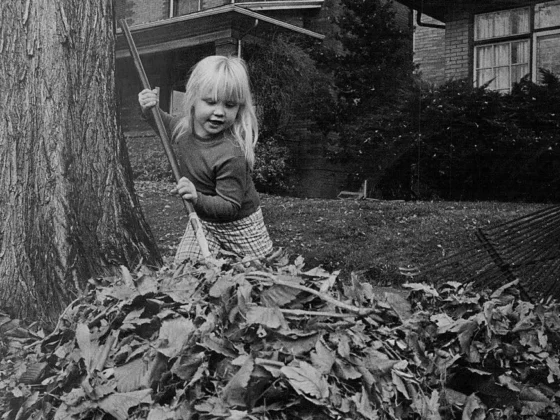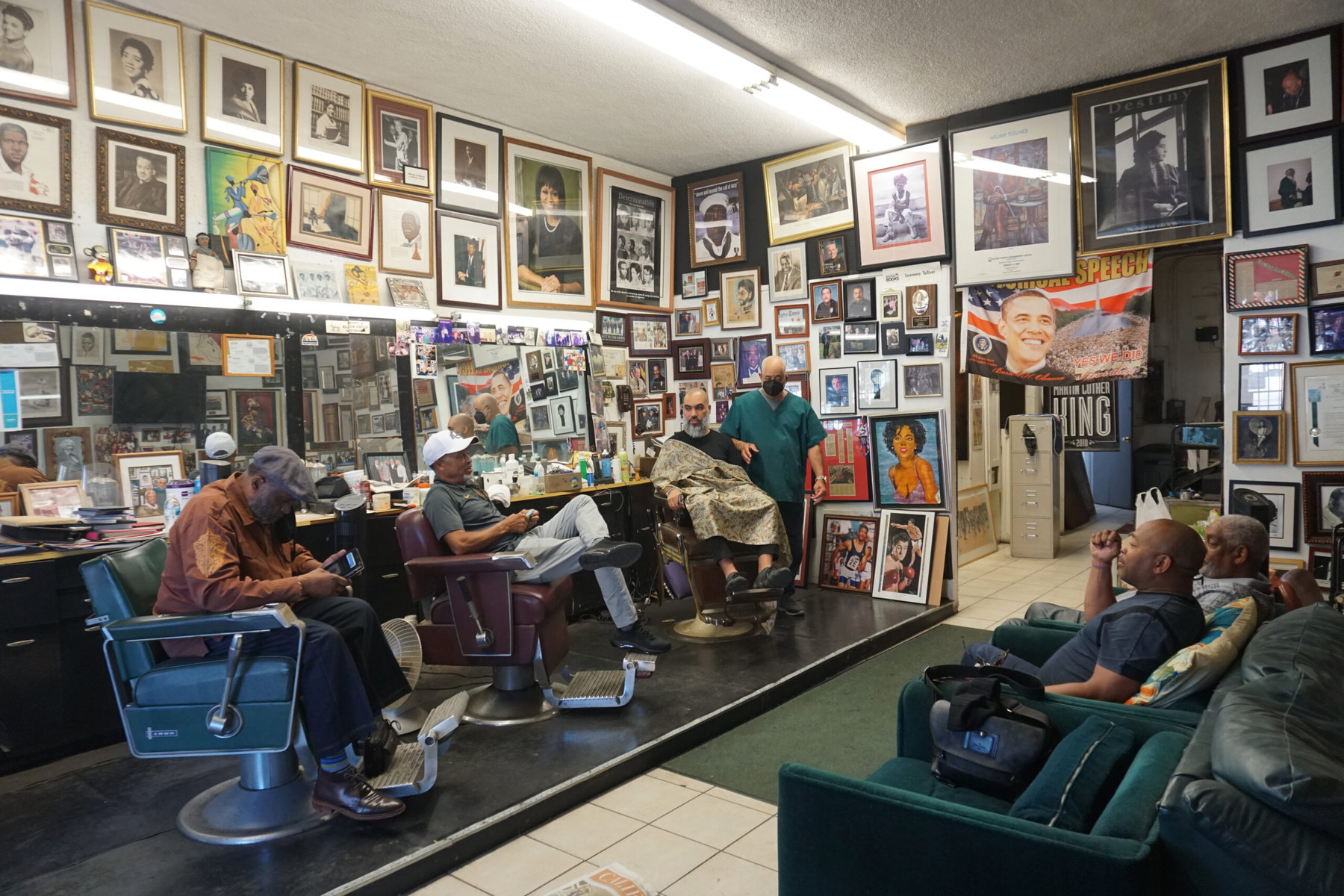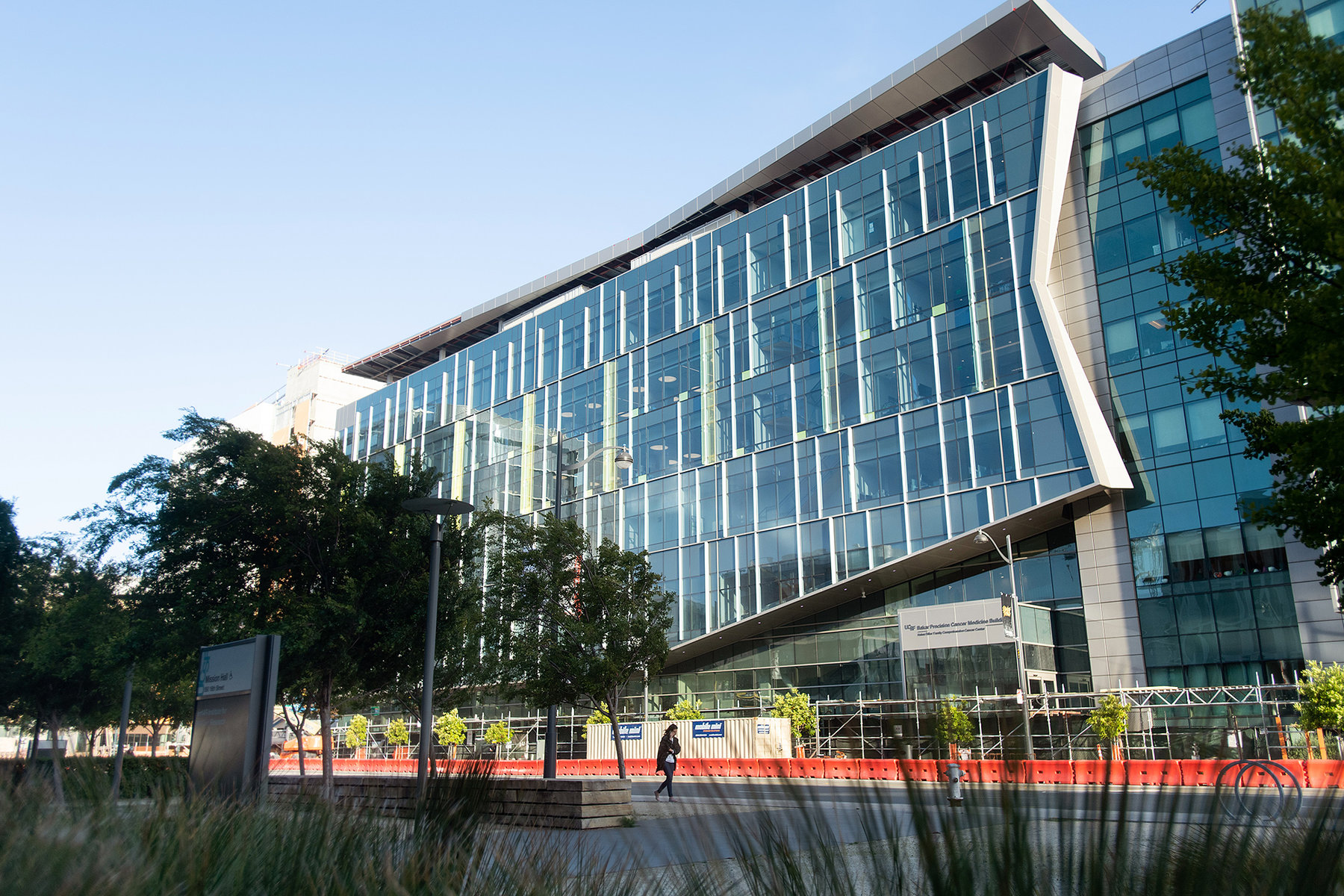The Rowland B. French Medical Center is the primary health-care facility for the residents of Eastport, Maine, a tiny Down East fishing town, population 1,400. Eastport was one of the first of some 50 towns that Jim and visited during our reporting across America for our book, Our Towns. We have returned there a half-dozen times since 2013.
The French Center, along with two others in nearby Calais and Machias, together compose the Eastport Health Center. They operate on a community-based health-care model, which began as part of a rural health initiative from the era of Lyndon Johnson’s War on Poverty to aid the underserved.
When I first learned about the rural health-care centers in Ajo, Arizona, and then Eastport, they struck me as unusually personal and almost quaint in their attention to the local detail of the environment and the people they served. Outwardly, the two couldn’t seem more different, The Desert Senita Community Health Center in a former copper mining town in the middle of the Sonoran Desert, and the the Rowland B. French Medical Center on the powerful tidal waters of the Bay of Fundy.
In another way, the centers shared a foundation that seemed efficient and smart in design and operation. Today, in the horrible and confusing pandemic era, I would tack on a few more adjectives for their model: prescient and exemplary.
The key element is that long before the current emergency, both of them were designated as Federally Qualified Health Centers (FQHC); they are two of roughly 1,400 FQHCs that serve more than 28 million people around the U.S. today. And with this designation, it meant that two of America’s smallest and most remote communities were required to make preparations for a public-health disaster like the one underway now.
As I wrote earlier:
FQHC designation is a godsend for rural health-care centers. It ensures that the centers will receive, among other things, enhanced reimbursements for patients covered by Medicaid and Medicare, and will offer a sliding scale for those without any coverage. It promises federal malpractice-insurance coverage for providers, extra partnerships for the centers, and more specialist care. Each center is unique in its profile, depending on the community’s needs. For example, the Rowland B. French Medical Center has providers for behavioral health counseling, podiatry, radiology, nephrology, and social support. Desert Senita has a regularly visiting cardiologist and ophthalmologist, a certified Spanish translator, and a special phone line with third-party translators for multiple languages.
Being a FQHC comes with requirements and perks. In Ajo, I saw the stacks and stacks of paperwork required of FQHCs by the government to document every step of their compliance with governance, finances, and regulations. I also learned about the one-stop shopping so they could supply services to cover everything from dentistry, x-rays, pharmacy, translation services, rotating visits from specialists, and emergency preparedness. At the time, Jane Canon in the Ajo center described that emergency preparedness meant “self-ready” for everything from a massive power outage to an ebola outbreak. At the time, we both chuckled at “ebola outbreak.” That doesn’t sound funny anymore.
I spoke by phone last Sunday morning with Ellen Krajewski, the director and CEO of the Eastport Health Center, to learn how emergency preparedness in Eastport has played out so far.
We started with a few weeks ago, when it was business as usual at Eastport’s Health Center. People were coming in for their primary-care appointments, drop-ins, the usual. Then came the identification by the CDC of the coronavirus as a pandemic. As an FQHC, said Krajewski, echoing my conversation in Ajo, we are required to have emergency preparedness plans. “So,” she said, “we had a pandemic plan.” The trigger was pulled and Eastport immediately kicked into gear to engage the protocols and adhere to guidelines from the feds and the states for pandemic operations.
Here’s what the plan looks like and here’s how it has worked in reality:
The pivots: The health center shifted from being an all-purpose primary care provider to accepting only acute visits in person and providing all other visits remotely, either by phone or virtually. It was tricky: While operations were clear to those inside the building, not all the residents in Eastport were aware of the news and, understandably, what that would mean to their usual healthcare behaviors. As now throughout the rest of the country, word needed to get around Eastport that the first step was not showing up at the center, but calling on the phone.
The center set up a series of questions by phone to determine how best to provide needed care, from those with what appeared to be illness unrelated to coronavirus to triaging patients with what may be coronavirus symptoms. The very sickest people go to the hospitals; the middle group may come to the center; the least sick generally stay at home.
Some of both the regular patients and the potential COVID-19 positive patients needed to be seen in person, so the center set up work-arounds for organizing their physical space. They scoured the possibilities and came up with separate locations for seeing potentially COVID-19-positive patients and regular patients. They flipped a board room into a sterile room, with a trained nurse to administer COVID-19 tests. Krajewski told me that the center has a limited supply of tests, and they follow the CDC guidelines on who is eligible to be tested.
Within 10 days, all the providers were trained and using remote technologies. “It meant a huge, gigantic change,” Krajewski said. But it was one they were generally equipped to do, despite their relatively-older, less tech-savvy provider population. Being a FQHC, the center was already heavily teched-up, and familiar with using the technology required to comply with all the usual FQHC reporting and protocols.
On the patient end, it was more complicated. Eastport is a rural, remote area, where broadband coverage is spotty, and the population is less likely than much of the U.S. to be able to afford computers and internet subscriptions. Compounding the problems, Washington County—where Eastport is located—has one of the oldest populations in Maine, a state that has the oldest population of any in the country—meaning overall comfort with technology is rarer than usual.
The equipment and testing: As of our last conversation, Eastport has an adequate, though limited, number of test kits; more have been promised. Test results have been slow in coming, but the speed is improving. They have not yet recorded a single positive test for COVID-19. Maine has promised some community testing sites around the state, but tiny Eastport won’t be one of them. Those will be located in a more populated area, far away from Eastport.
Their original supply of equipment has sufficed. There are enough PPEs and masks, although the center has already back-ordered and duplicate-ordered, just in case. Eastport doesn’t have an ICU or a ventilator. The nearest so-equipped hospitals are in Machias and Calais, which are 60 and 30 minutes away, respectively.
The staff: During our travels, we frequently heard about rural America’s challenge to entice new young staff into professional positions like doctors, nurses, dentists, and teachers. In fact, Eastport, in another farsighted effort, has already set up scholarships for high-school students pursuing medical professions, hopefully giving them a reason to stay and practice in their hometown.
Today, the staff and providers at the center are generally older and are more likely to have comorbidity issues that come with age. The pandemic presents a new challenge to this provider base, where they naturally fear their constant exposure and feel more personally vulnerable.
The finances: Finances for the center and payments for services are complicated now. On one hand, there has been some easing on federal rules and regulations for payments and coverage, making the system work more smoothly. On the other hand, fewer patients are coming to the clinic. Patients are reluctant to show up, and they are delaying their well visits. When Krajewski and I talked, the center’s roughly 150 visits per day had dropped to 22. Already 12 employees in the three centers of the Eastport Health Center network have been furloughed, and five others are working reduced hours. And while virtual visits are increasing, they are not replacing in-person visits either in number or revenue.
The culture: For all of us, the specter of COVID-19’s arrival into our communities is scary and looming and bizarre. For all of us, there is a sense of unreality—until it becomes real—that maybe it won’t get here, maybe we can be immune from this tragedy. Because part of the cultural appeal of living in remote towns like Eastport and Ajo is being a good arm’s length away from national issues or intrusions, it makes sense that this instinct or temptation of “not me/not us” could be even stronger. It is a familiar and attractive idea that the virus will remain far away, like some other 21st century disasters.
We will stay in touch with our friends in Ajo and Eastport to see what their futures hold.




